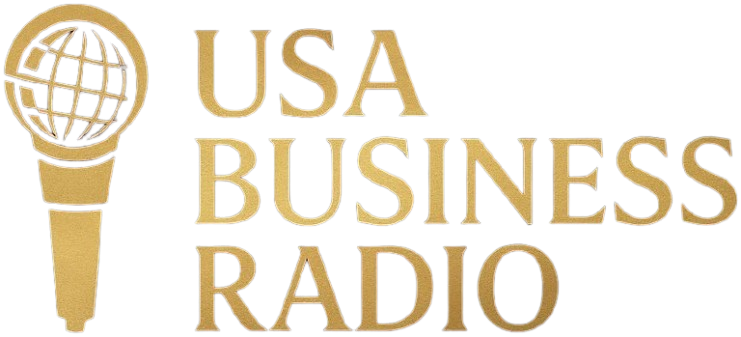Markets continue to look past weaker global macroeconomic readings to potential better performance in the back half of the year, according to the Investment Insights issued today by BNY Mellon’s Lockwood Advisors, Inc. (“Lockwood”).
Since the fourth quarter, such global growth concerns have lingered, according to the report, even as markets recorded a V-shaped recovery, with the S&P 500® Index posting its best first quarter since 1998.
“Markets are waiting for answers to questions about trade relations between the U.S. and China, Britain’s plan to exit the European Union, negotiations between the U.S. and North Korea, future monetary policy decisions, as well as further data points on U.S. and global growth,” said Matthew Forester, chief investment officer at BNY Mellon’s Lockwood Advisors and the author of the report.
“While the equity market has moved higher even in the absence of such clarity, the bond market has been telling a different story, with a recent inverted yield curve spooking fears of an oncoming recession,” Forester added.
Highlights from the report include:
- The market’s response to Fed’s quest for data
Markets have interpreted the Federal Reserve’s (Fed’s) dramatic about face on monetary policy in a dovish manner, and have taken prospects for future policy rate hikes substantially lower. At times, markets have even priced in cuts to the policy rate by the end of the year.
- The bond market has grown impatient
Bond markets have clearly signaled they believe the Fed is too tight on monetary policy and should reverse course. The recent volatility in Treasuries after one of the calmest periods on record shows a growing market fear that cyclical pressures on the U.S. economy are rising rapidly.
- Recession watch is underway
The difference between the yield on 10-year and 3-month U.S. Treasury rates could steepen again before inverting, as it did twice before the shallow recession that accompanied the burst of the tech bubble in 2000 to 2001. While the lead time for a possible recession could be measured in quarters, even years, rather than months, the probability of an economic downturn in the intermediate-term has increased.
- A case of seasonal effects
For most of the past 15 years, U.S. economic growth has followed distinct seasonal patterns. Data from the St. Louis Federal Reserve shows the first and fourth quarters typically lag the growth numbers posted in the second and fourth. While markets are looking past this data point, it could exacerbate eventual adjustments to analysts’ earnings estimates if cyclical factors flare up at the same time.
- The atmospheric blame game
The V-shaped recovery in the equity market is unusual. While a re-test of the December lows may still occur, there are a series of one-time events that optimists can point to. As the market shifts its focus to first quarter earnings reports, expect management teams to mention the impact of weather effects, including record rain and snowfall, early and often.
- Extra vigilance is warranted
Macroeconomic data, fundamentals and earnings estimates may be shifting. Navigating these market dynamics successfully over the next few years might depend on ensuring that risk budgets are aligned to longer-term goals and that advisors have realistic expectations for potential near-term volatility.




